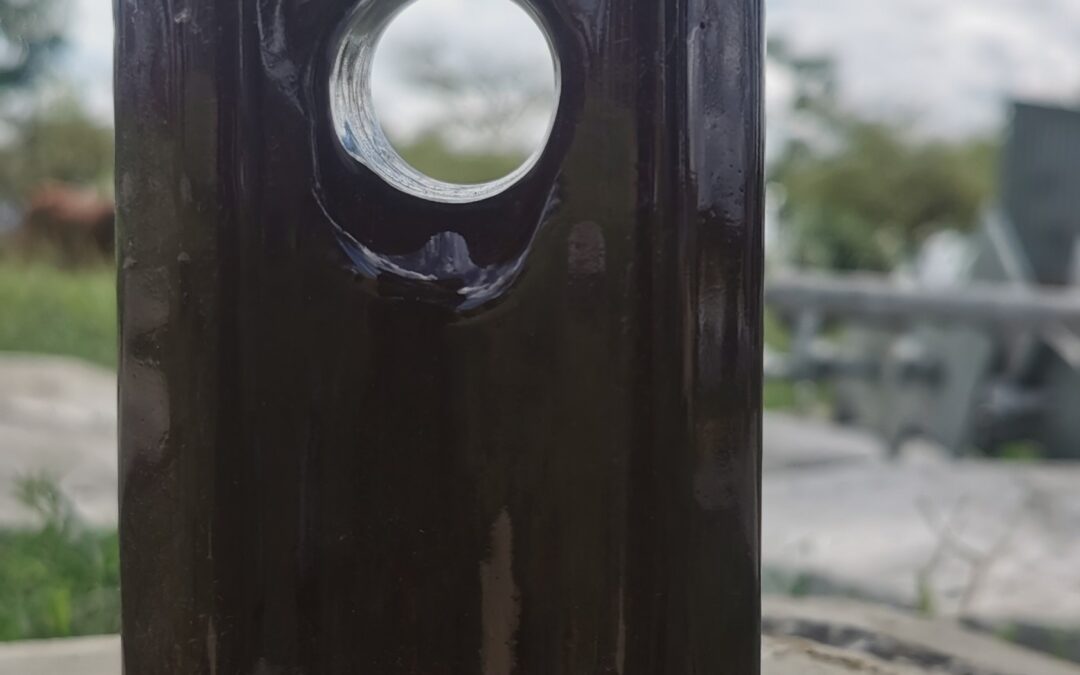A stay insulator is an insulating component used to support and insulate wires, cables or conductors. It is also known as a guy insulator or egg insulator. It prevents electrical leakage and reduces the risk of short circuits. A stay insulator also secures the conductors and maintains proper spacing between them. It is from materials such as porcelain, glass or composite materials. These materials have excellent insulating properties that help withstand high voltages. Stay insulators have designs to withstand mechanical stress, thermal variations and environmental conditions. They also help to ensure the reliable and safe operation of electrical infrastructures. This is by preventing the loss of electrical energy and reduces the risk of accidents. Stay insulators provide support, insulation, grounding and prevents damage to ADSS and OPGW cables. This helps to ensure the safe operation of ADSS and OPGW cables in overhead power transmission systems.
Materials used in the manufacture of stay insulator
Stay insulators manufacture from various materials selected for their specific properties and suitability. The selected material for the stay insulator depends on various factors. These include voltage level, environmental conditions and mechanical load requirements. Selecting the right materials helps to ensure the safe and reliable operation of the infrastructure. The following are the common materials for construction of stay insulators.
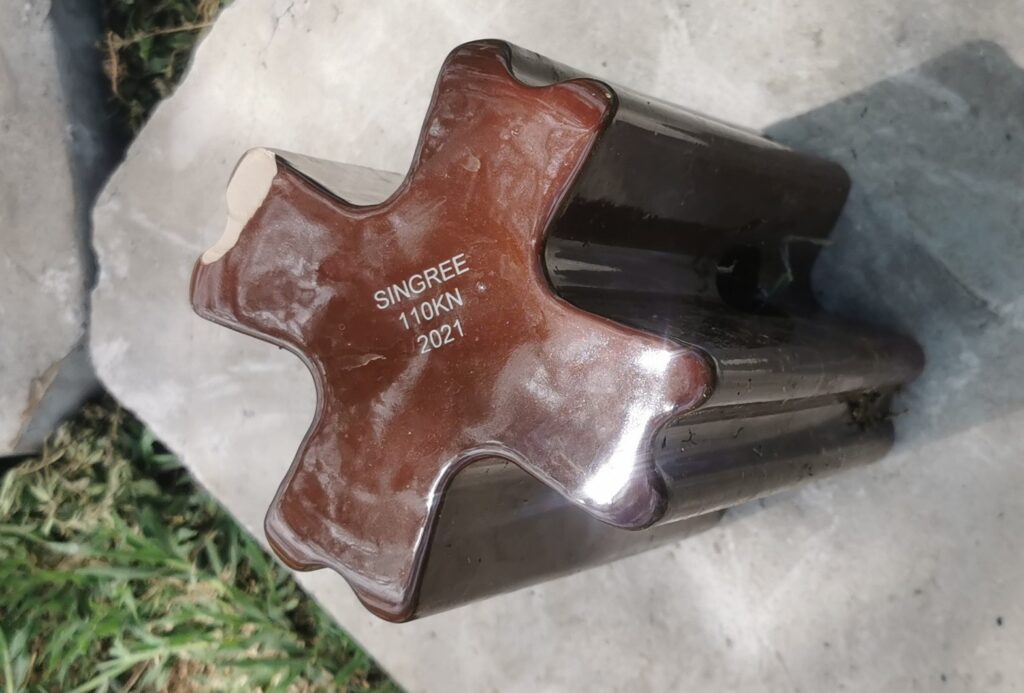
- Porcelain – porcelain provides electrical insulation properties and high mechanical strength. This makes them suitable to withstand high voltages and mechanical stress. Porcelain stay insulators are able to resist moisture, pollution and UV radiation.
- Composite materials – composite materials include a combination of materials. This is including fiberglass reinforced polymer or silicone rubber. These materials are lightweight, have high mechanical strength and resistant to environmental factors. They are also durable and resistant to damage.
- Glass – this is also known as tempered glass or toughened glass. Glass stay insulators are lightweight, have good electrical insulation and resistant to corrosion. They also wok in areas with low pollution levels and moderate mechanical stress.
- Ceramics – ceramics provide good electrical insulation properties and mechanical strength. Ceramics include materials like alumina or steatite. They may be less used compared to porcelain or composite materials.
Factors influencing material selection for stay insulator
Proper selection of the stay insulator material helps to meet the specific requirements of the application. It also ensures the safe and reliable operation of electrical transmission systems. Additionally, it is important to consult professionals for guidance on the best materials. The following are the common factors influencing material selection for stay insulators.
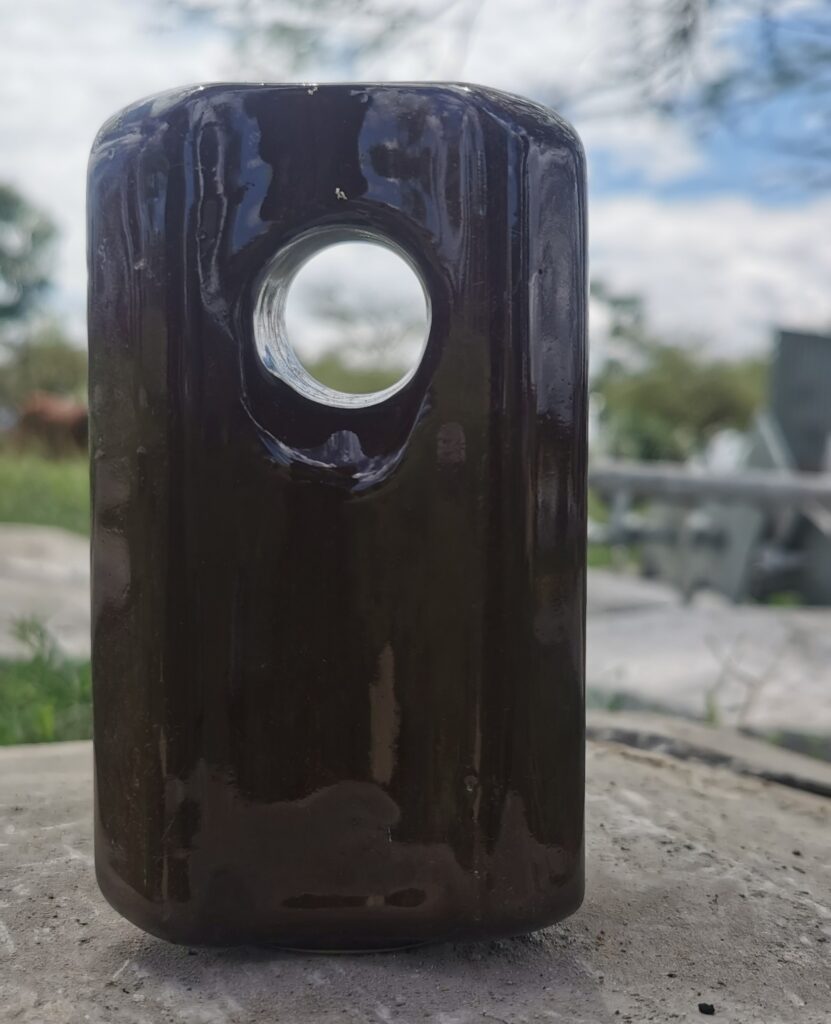
- Voltage level – higher voltage systems need materials with greater dielectric strength. This is to prevent electrical failure.
- Weight and size constraints – weight and size of the insulators affect installation and maintenance. Lightweight materials help reduce the load on support structures. They also ease handling during installation.
- Durability and longevity – the insulators should have longer service life with minimal maintenance requirements. This is to ensure the reliability and longevity of the electrical infrastructure.
- Mechanical load requirements – stay insulators should withstand mechanical stresses on the application. This is including tension, compression and bending. The selected materials should have enough mechanical strength and resistance to deformation.
- Corrosion resistance – the selected insulator material should be able to resist corrosion. Corrosion may be from moisture, salt spray and pollutants.
- Cost considerations – material cost and availability also influence the selection of the materials. It is important to balance requirements with cost effectiveness.
- Environmental conditions – selected insulator material should be resistant to environmental degradation. This is to ensure long term performance and reliability. It should resist temperature variations, humidity, pollution, UV radiation and chemical exposure.
- Safety and regulatory compliance – the insulator material should meet all safety standards. These are requirements governing electrical insulation properties, mechanical strength, fire resistance and environmental impact.
Surface coatings for stay insulators
Stay insulators feature various surface coatings to enhance their performance, durability and resistance. The coatings also help to ensure the safe and efficient operation of electrical infrastructure. The following are the common surface coatings for stay insulators.
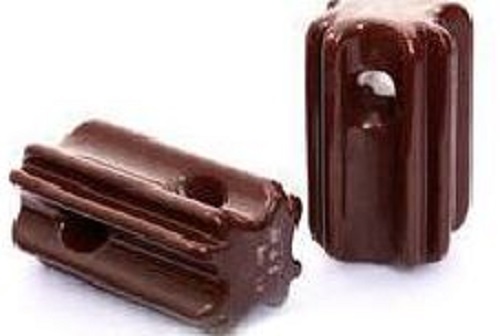
- Silicone rubber coating – this provides weather resistance, UV radiation and hydrophobic properties. They form a layer that repels water and prevents surface tracking or currents. They also provide good flexibility, thermal stability and resistance to pollution.
- Polymer coating – these coatings provide mechanical protection and chemical resistance to the insulator. They also enhance the insulator’s resistance to abrasion, impact and environmental degradation.
- Flame retardant coatings – this works on stay insulators to inhibit the spread of flames during a fire. The coatings contain additives that suppress combustion and reduce the flammability of the insulator material.
- Hydrophobic coatings – these help to repel water and reduce the accumulation of contaminants on the surface. It prevents the formation of conductive paths due to surface moisture. The coating also helps improve the insulator’s electrical performance.
- Anti-pollution coatings – these coatings contain hydrophobic additives and special surfactants that repel pollutants. They reduce surface conductivity and the risk of flashovers and electrical faults.
- Corrosion resistant coatings – these coatings protect the metal fittings attached to the insulator. They contain zinc-rich primers, epoxy coatings or corrosion inhibitors. They form a barrier against moisture and chemical attack to prolong the lifespan of the insulator.
Construction of stay insulators
The construction of stay insulators comprises of several components and processes. It involves a combination of materials, manufacturing processes and quality control measures. They help to produce reliable and durable components for use in various systems. Additionally, it is important to ensure the insulators meet safety standards. The following is a basic description of the construction of stay insulators.
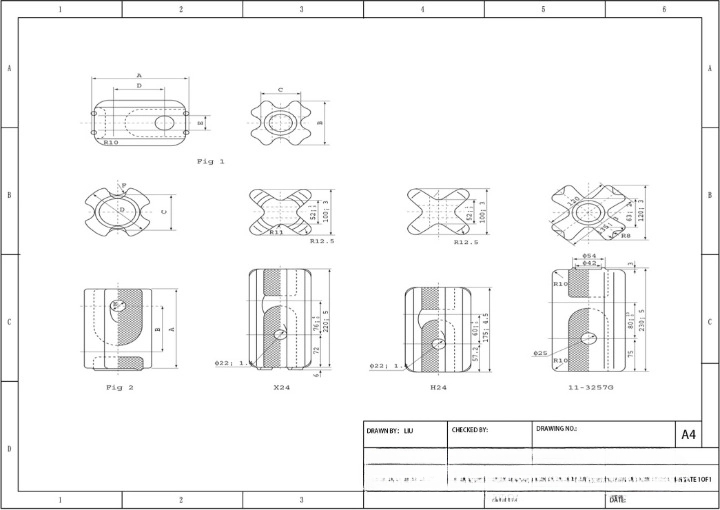
- Core material – this is the part that provides mechanical support and electrical insulation. It is from materials such as porcelain, glass or composite materials.
- End fittings – stay insulators have end fittings on both ends to ease the attachment to support structures. End fittings are from metals designed to withstand mechanical loads. They also help to provide secure anchoring points.
- Assembly – the assembly of the core material and end fittings need use of techniques like cementing or molding.
- Surface treatments – stay insulators undergo treatments to enhance their performance and resistance. Coatings like silicone rubber, hydrophobic coatings or polymer apply to the surface of the insulators. They are able to repel moisture, prevent pollution accumulation and improve electrical performance.
- Quality control – these are measures that help to ensure the dimensional accuracy, mechanical strength and electrical properties. Stay insulators undergo various testing to verify their compliance with industry standards and specifications.
- Accessories – the insulators work with accessories such as corona rings, grading rings and surge arrestors. They help to improve performance and mitigate the effects of electrical phenomena like lightning.
- Packaging and shipping – proper packaging and handling procedures help to prevent damage during transit. It also ensures the insulators arrive in their best condition for installation.
Testing for stay insulator quality and performance
Stay insulators undergo several tests to ensure their reliability, durability and compliance with standards and regulations. These tests are during the manufacturing process and during installations. This is to verify their mechanical strength, electrical insulation properties and resistance to environmental factors. Testing also helps manufacturers and operators to verify the quality and performance of stay insulators. Additionally, it is advisable to ensure the stay insulators follow standards such as ANSI, IEC or IEEE. The following are the common tests for stay insulators.
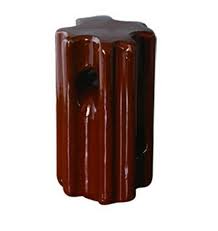
- Mechanical load test – this helps to check their ability to withstand tension, compression and bending forces. The tests simulate the mechanical stresses experienced during installation, operation and environmental conditions.
- Puncture test – this evaluates the puncture strength of the insulator materials under high electrical stress. It also helps to check the insulator’s resistance to surface punctures and tracking.
- Corona performance test – this test helps to check the insulator’s ability to suppress corona discharge. The tests include corona inception voltage, corona extinction voltage and corona onset voltage.
- Electrical withstand test – this checks the insulator’s ability to withstand high voltage without breakdown. The insulators undergo high voltage AC and DC tests at specified voltage levels and durations.
- Environmental aging test – these tests expose the insulators to temperature cycling, salt fog or artificial pollution. They also face conditions such as heat, humidity, UV radiation and pollution to check their performance.
- Thermal cycling test – this test subjects the insulators to repeated cycles of temperature variation. This is to check for their thermal stability and resistance to thermal stress.
- Creepage distance tests – this measures the surface leakage distance along the insulator under specified voltage. It checks the insulator’s ability to prevent leakage currents and surface tracking.
Frequently asked questions
Stay insulators help to support and insulate cables, wires or conductors and prevent electrical leakage. They also help to reduce the risk of short circuits or electrical faults.
Selection of stay insulator depends on factors like voltage level, mechanical load requirements and corrosion resistance.
Common tests include mechanical load tests, electrical withstand tests, puncture tests, corona performance and thermal cycling tests.

